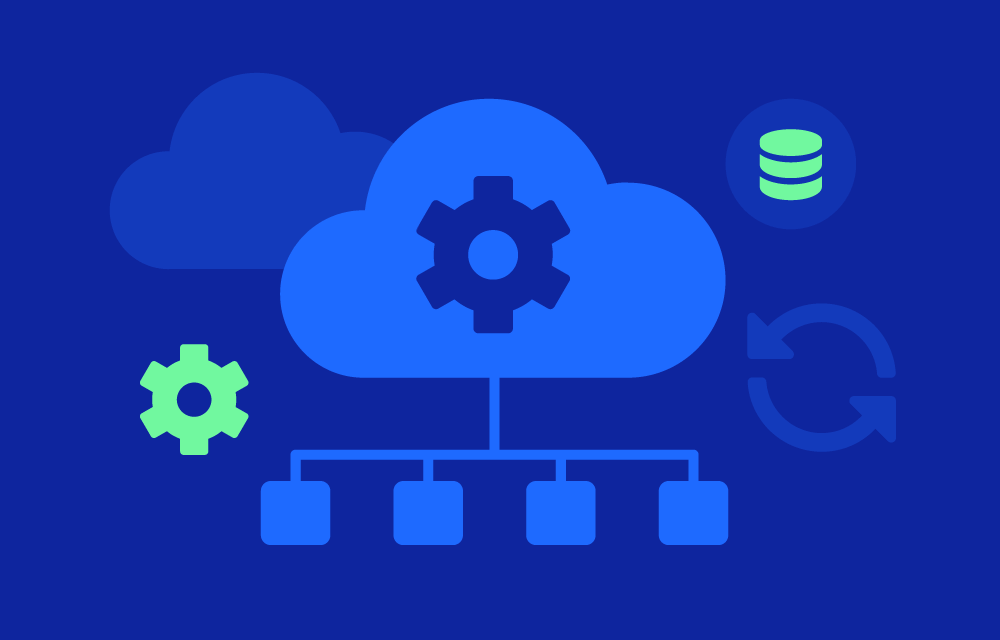History
The concept of Cloud Management Platforms emerged as organizations increasingly adopted cloud computing in the early 2010s. Initially, cloud services were managed through native tools provided by cloud providers. However, the complexity and scale of multi-cloud environments led to the development of CMPs to offer a centralized approach for managing diverse cloud resources. Over time, these platforms have evolved to include advanced features like automation, orchestration, cost management, and security compliance.
Value proposition
Cloud Management Platforms offer significant value by providing a unified interface for managing cloud resources. Key benefits include:
- Reducing Operational Complexity: CMPs provide a unified interface for managing cloud resources, simplifying complex multi-cloud operations.
- Enhancing Cost Efficiency: Real-time cost monitoring and optimization tools help control cloud spending and avoid budget overruns and improve cost efficiency rate.
- Improving Governance and Compliance: CMPs ensure adherence to security policies, regulatory requirements, and best practices across all cloud environments.
- Enabling Scalability: Facilitating seamless scaling of applications and resources to meet dynamic business needs.
- Providing comprehensive visibility: Offering detailed insights into cloud usage, performance, and security, allowing for better decision-making.
Challenges
- Integration Complexity: Integrating CMPs with existing IT infrastructure and diverse cloud services can be challenging.
- Cost: CMPs themselves can be expensive, and without proper management, the costs can outweigh the benefits.
- Vendor Lock-in: Some CMPs may tie users to specific cloud providers or technologies, limiting flexibility.
- Security: Ensuring the security of cloud management tools and the data they handle is critical but challenging.
Key features
- Multi-cloud management: Support for managing resources across various cloud providers (e.g., AWS, Azure, Google Cloud).
- Automation and Orchestration: Tools for automating workflows, deployments, and resource scaling.
- Cost management: Real-time cost tracking, budgeting, and optimization tools to manage cloud expenses.
- Monitoring and analytics: Comprehensive monitoring of cloud performance, usage, and health metrics, along with advanced analytics.
- Governance and compliance: Policy management, compliance monitoring, and audit capabilities.
- Security management: Tools for managing security configurations, threat detection, and response.
Types of cloud management platforms
- Public cloud CMPs: Designed to manage resources in public cloud environments like AWS, Azure, and Google Cloud.
- Private cloud CMPs: Focused on managing resources in private cloud infrastructures.
- Hybrid cloud CMPs: Capable of managing resources across both public and private clouds, providing a unified interface.
- Multi-cloud CMPs: Specialized in managing multiple cloud providers simultaneously, offering extensive cross-cloud functionalities.
Applications/Use cases
- Enterprises: Large organizations use CMPs to manage complex, multi-cloud environments efficiently.
- SMEs: Small and medium-sized enterprises leverage CMPs to optimize cloud usage and control costs.
- DevOps teams: Use CMPs for automating deployment pipelines and managing infrastructure as code.
- IT Departments: Manage cloud resources, ensure compliance, and monitor performance across various cloud services.
- Cloud service providers: Offer CMP solutions to their customers to enhance cloud service management.
Market
The market for Cloud Management Platforms is experiencing rapid growth, driven by the widespread adoption of cloud computing across various industries. Organizations of all sizes are increasingly recognizing the need for centralized management solutions to handle the complexity of multi-cloud environments. The demand for CMPs is fueled by the necessity for operational efficiency, cost control, governance, and security in managing diverse cloud infrastructures.
Related concepts
- Cloud orchestration: The automated configuration, coordination, and management of complex cloud services and environments.
- Cloud automation: The use of technology to perform tasks with minimal human intervention within a cloud environment.
- IT financial management: A framework for managing and controlling the financial aspects of an organization’s IT services to ensure cost efficiency and alignment with business goals.
- Infrastructure as Code (IaC): Managing and provisioning computing infrastructure through machine-readable scripts.
References
Further reading
- “Cloud Management and Security” by Imad Abbadi
- “Architecting the Cloud: Design Decisions for Cloud Computing Service Models” by Michael J. Kavis
- “Multi-Cloud Strategy for Cloud Architects” by Jeroen Mulder
- “Managing Cloud Native Data on Kubernetes” by Jeff Carpenter



